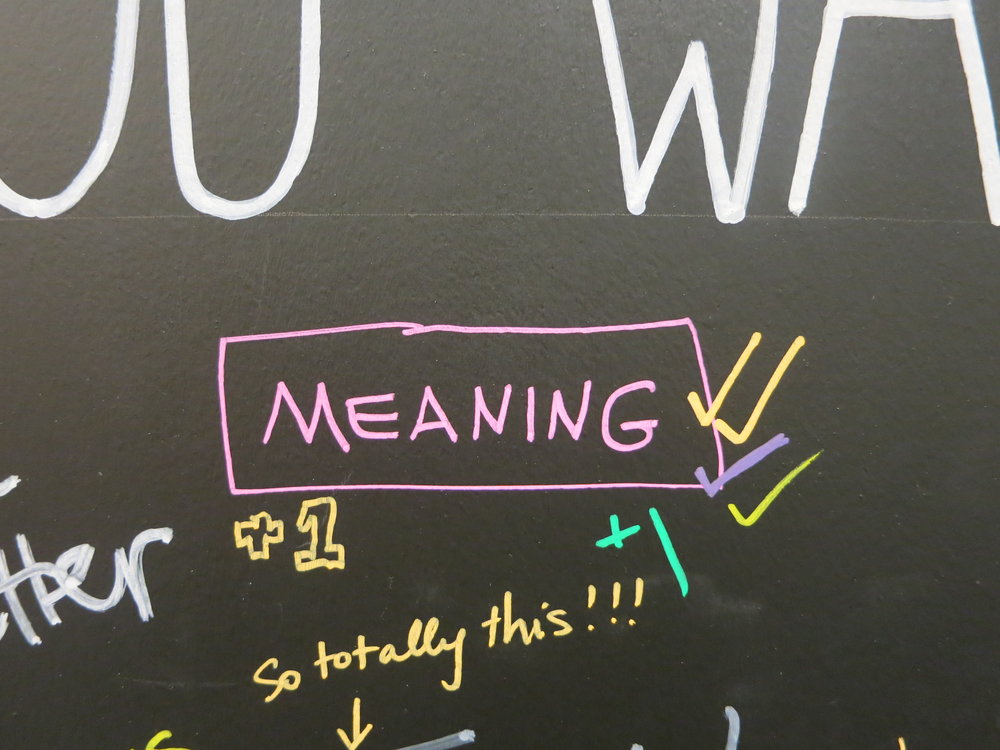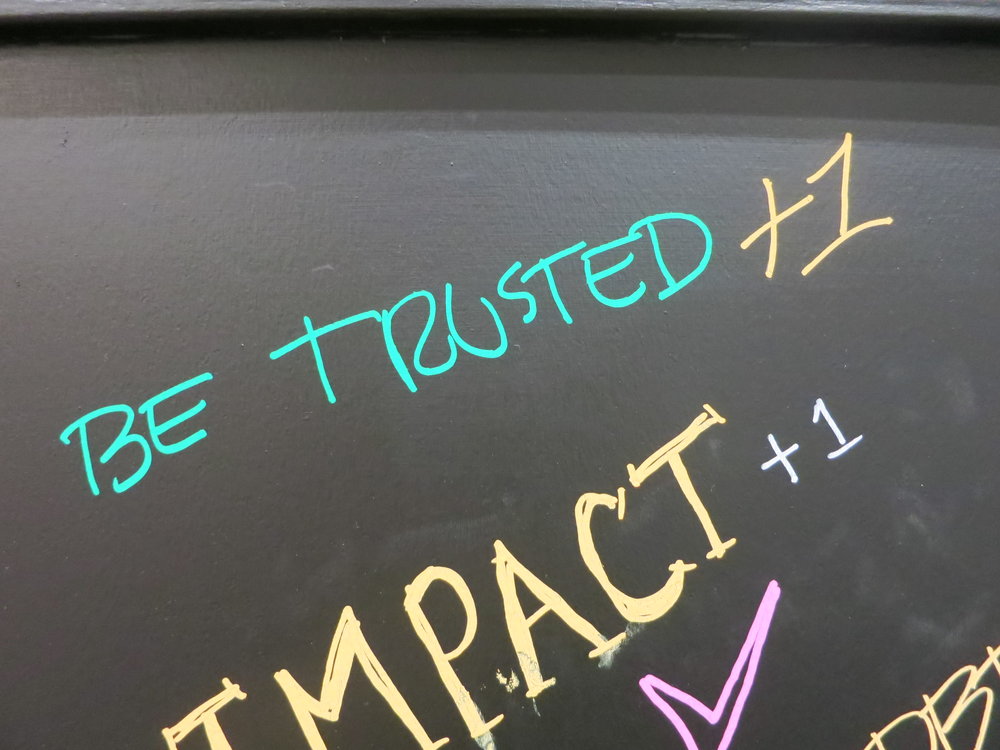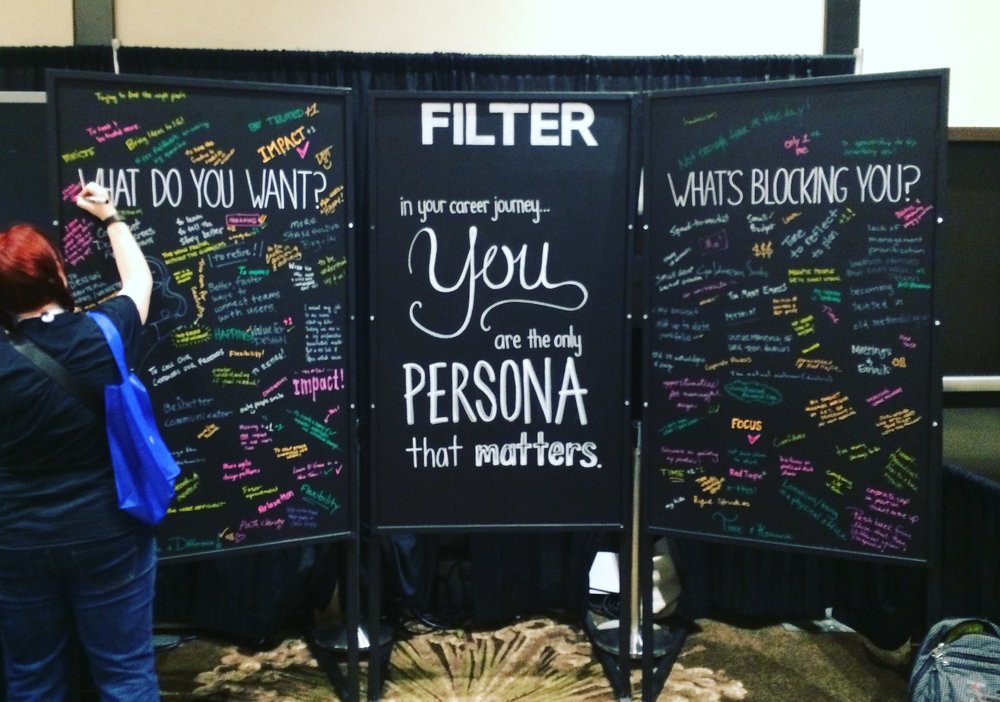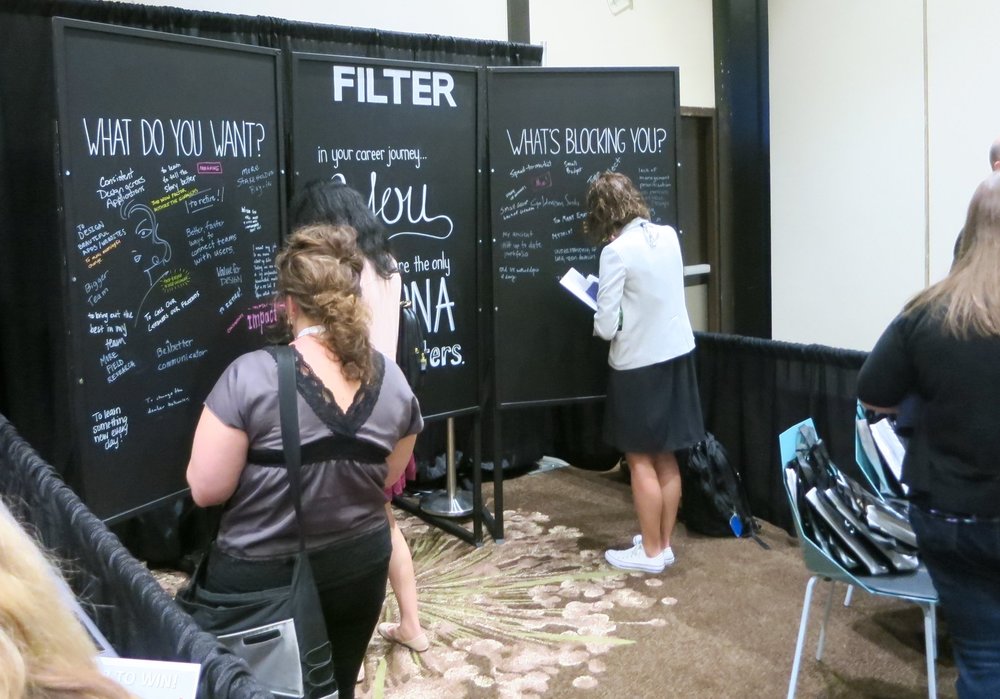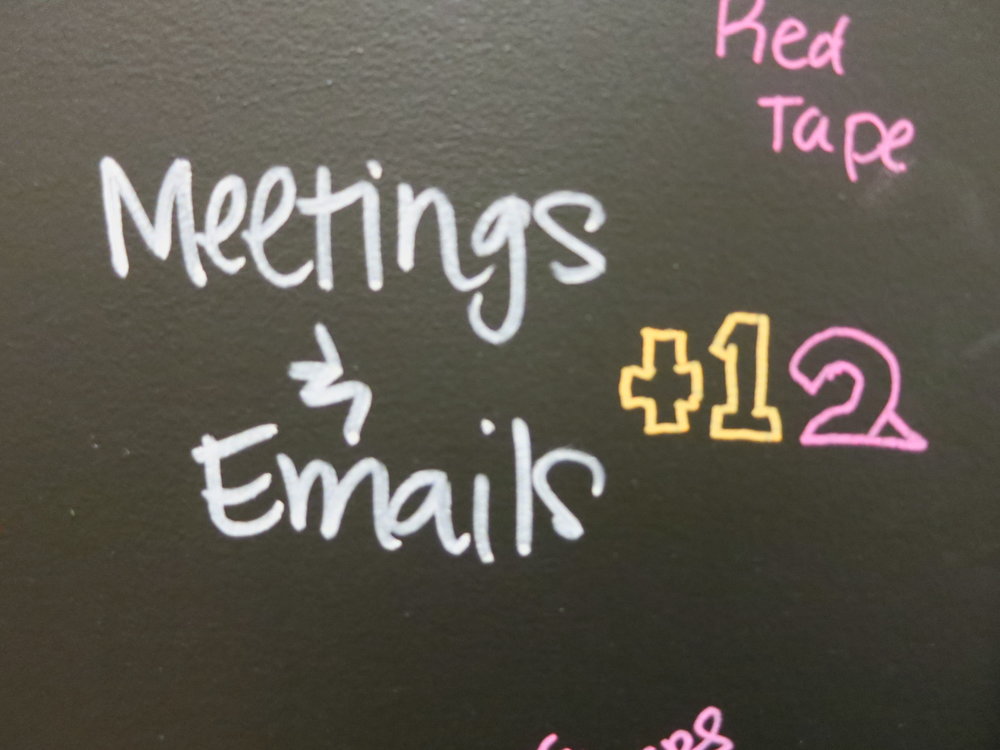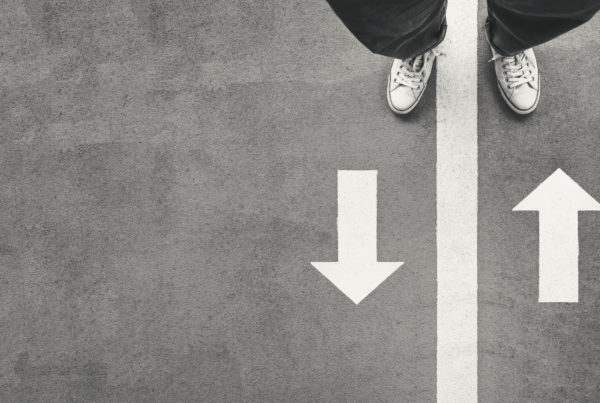The Filter team recently participated in UXPA International, a global UX conference that attracts senior-level UX professionals from around the world. With so many experts in one place, we jumped at the chance to learn what trends, opportunities and challenges are on their minds.
The UX industry is developing faster than ever as more companies realize that to engage their customers, they need to understand them — and create experiences that captivate and delight them. But as with many fields within the digital creative space, UX designers still face obstacles to delivering their best work and building the careers they want.
As these experts know, there’s no substitute for hearing straight from the source. So we created our own small UX exercise to find out as much as we could about what top UX professionals are looking for and what they need to achieve it.
The Experiment
UX designers specialize in connecting users to what they want. But for this experiment, we asked them to turn that process on themselves by putting their own “personas” front and center. On two chalkboards, we asked participants two questions: “What do you want?” and “What’s blocking you?”
The boards quickly filled up with an amazing array of responses (complete with checkmarks, of course). We heard from passionate “people people” who want to improve lives; from creative thinkers itching for more room to invent and explore; from leaders blazing new trails; and of course, from unique individuals with outside lives to enjoy.
A few central themes kept surfacing over the three days of the conference — some we anticipated, and some that surprised us. We’re sharing our findings with the hope that they will spark important conversations and help empower UX designers to take the next steps toward their ideal careers.
What do UX designers want?
1. To Make a Difference
-
“To create a legacy of impactful, meaningful and influential change”
-
“Make people smile”
-
“To help users reach their goals and save lives”
-
“Trust and respect to help consumers”
-
“Making a real impact on end users’ lives”
One message struck us most of all: UX designers want to create things that resonate with and benefit users in meaningful ways. From making people smile to saving lives, these professionals are true “helpers” who care about making a positive impact.
When it comes to finding meaningful work, we still have a ways to go: NN Group recently reported that 50% of those interviewed in a 12,000-person study feel their jobs have no real significance. That lack of purpose doesn’t just affect morale; it hurts productivity and work quality as well. On the other hand, people who say their jobs give them a sense of meaning are 1.4 times more engaged in their jobs.
2. Ongoing Growth
-
“Learn and grow in a new team”
-
“To learn to tell the story better”
-
“More fieldwork answering big questions”
-
“To be inspired!”
-
“To learn something new every day”
These UX designers are hungry for new information and ideas. Standing still isn’t an option in their field — and they’re thriving under that pressure. Attracted to big questions and new challenges, they want to go deeper into user stories, sharpen their skills, and gain fresh perspectives. There’s a lot these experts still want to learn: our participants were especially interested in understanding more about qualitative and quantitative research.
3. To Be Heard
-
“Wish the organizations were more knowledgeable about UX”
-
“To be understood — UX isn’t UI”
-
“Work in a UX centered company”
UX designers want to work with colleagues, stakeholders and clients who understand and appreciate their discipline. For their own work and for the success of their companies, they want people to grasp how much time, talent and effort it takes to get UX right.
These user experts know their work can make or break a product or service— and they’re trying to help their organizations see the light. After all, there’s no mistaking the value of UX from a business perspective: a recent study by Apple found that “implementing a focus on customer’ experience increases their willingness to pay by 14.4 percent and reduces their reluctance to switch brands by 15.8 percent.”
4. Strong Connections
-
“To be a better communicator”
-
“To bring out the best in my team”
-
“To teach and mentor”
-
“Leadership!”
-
“A family of UX researchers to bounce ideas to and from”
Several participants expressed a desire to connect more effectively with their teams, colleagues and others in their field. Lacking many precedents, they’re seeking (and creating) strong models for leadership, communication and idea flow.
UX designers don’t just want to learn: they also want to teach and mentor others. By doing so, they’re helping create a community where people exchange feedback, share knowledge and push one another to succeed.
5. More Autonomy
-
“To be trusted”
-
“True room for creativity”
-
“More stakeholder buy-in”
UX designers wish their organizations would give them the trust and autonomy they need to produce great work. As the experts on what the end user needs, they’re looking for the freedom to make the UX decisions they know are right. Like all of us, they want to be given the chance to do the work they excel in — and that they were hired for.
Giving workers more decision-making power strengthens entire companies. In a Cornell study, companies who gave their teams more autonomy grew four times faster than counterparts who exerted more control in their management.
6. A Balanced Life
-
“Relaxation”
-
“Flexibility”
-
“Freedom”
-
“Work-life balance”
-
“Happiness!”
With options such as telecommuting and flexible hours becoming more common, they aren’t alone: in an international survey, workers across a range of industries named flexibility as a top feature they look for in a job, ranked just behind competitive pay and benefits.
Everyone wins when people enjoy coming to work: happiness leads to a 12% increase in productivity, while unhappy workers’ productivity drops by 10%. As many of us know from experience, a job that enriches your life is a true game-changer — and UX designers are after it.
What’s stopping them?
1. Not Enough Time
-
“I haven’t figured out how to clone myself”
-
“Time to reflect and plan”
-
“Constrained research time”
-
“Emails and meetings”
-
“Time and traffic of working in-office”
It’s no surprise that this is the number one issue UX designers feel is standing in their way. Between emails, meetings, long commutes, slow processes and under-staffed teams, you’ve got a recipe for burned-out designers without the time and energy to perform at their highest level.
2. Too Much Red Tape
-
“Rigid structures”
-
“Processes and red tape”
-
“Politics and department pride”
-
“Slow to get stakeholder buy-in”
These designers have had it with the cumbersome processes that delay or even block their projects. Getting the go-ahead from stakeholders appears especially problematic. Slow, rigid processes don’t just frustrate creative digital professionals: they let good work and resources go to waste. A UK survey revealed that up to 25% of content that has already been created is never released, due in large part to difficulties obtaining stakeholder approval.
3. Companies Still Undervalue UX
-
“Business partners who don’t value design and research”
-
“Lack of management prioritization”
-
“Executives who still need to get with the program”
-
“Senior sponsorship to try something new”
With multiple studies showing that every dollar invested in UX returns between $2 and $100, it shouldn’t be hard to get decision-makers on board with UX initiatives. But although more and more companies are incorporating UX design, it appears that many of them still harbor serious misconceptions about it: what UX is (and isn’t), what a UX designer does, and, perhaps most importantly, how much attention it requires from the company. Without getting up to speed, organizations risk losing their UX talent — not to mention their customers.
4. Work That Lacks Meaning
-
“Opportunities for meaningful design”
-
“Focus on profit and stock shares”
-
“My product increases margins by 1.5% for juggernauts. Not much meaning.”
UX designers are all about understanding and helping users, so it’s no surprise that they take issue with decisions that place profit over people. A recent study by Deloitte shows that employees care more than ever about corporate ethics and social responsibility — and are making career choices that reflect those values.
Where Millennials feel their organizations put financial performance before everything else, the study shows, only 20 percent intend to stay for more than five years compared to the average of 27 percent. If companies want to hold on to top UX talent, they should take note of this inspiring trend.
5. Themselves
-
“Confidence”
-
“My impostor syndrome”
-
“Indecision”
-
“My ancient and not up-to-date portfolio”
-
“Me!”
To all of you who stopped by to participate and chat at UXPA: thank you so much for letting us pick your brain! It was a please to speak with you.




